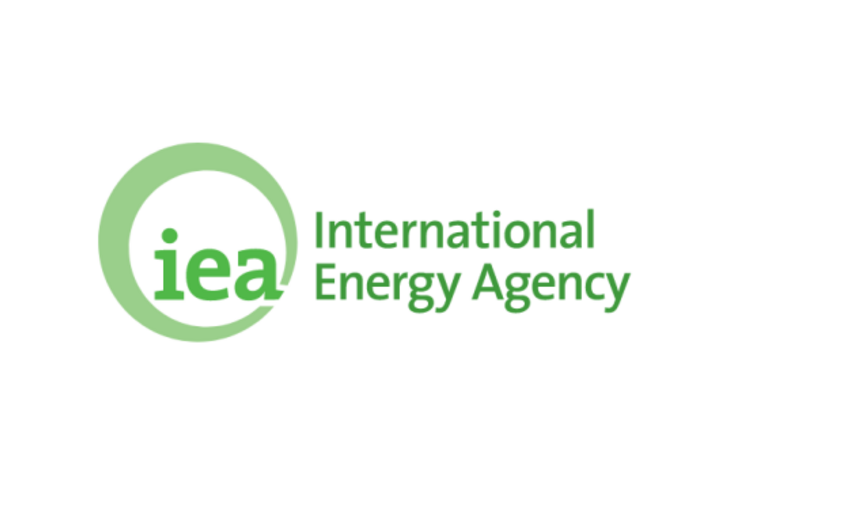Global oil consumption will recover to pre-crisis levels by the end of 2022, surpassing 100 million barrels per day (bpd) for the first time, Report informs referring to the June report of the International Energy Agency (IEA).
Under this scenario, oil exporters from the OPEC+ agreement will have to loosen production restrictions to meet demand.
According to IEA experts, in 2021, global oil demand will increase by 5.4 million bpd, and in 2022 - by another 3.1 million bpd. Oil consumption will continue to recover and, if no changes occur, by the end of 2022, it will reach 100.6 million bpd, the report says. Thus, the world will return to the pre-crisis level of demand by the beginning of the fourth quarter.
“OPEC+ needs to open the taps to keep the world oil markets adequately supplied,” the Paris-based energy watchdog said, adding that rising demand and countries’ short-term policies were at odds with the IEA’s call to end new oil, gas, and coal funding in a stark report issued last month.
The IEA emphasizes that the oil reserves of developed countries for the first time since the beginning of the crisis in the spring of last year fell below the five-year average. Moreover, since July 2020, when global oil reserves reached their all-time high of 3.22 billion barrels, they have declined at an average rate of 1.1 million barrels per day.
According to the IEA report, an active recovery in oil demand will spur oil-producing countries to increase supply. In 2022 supplies of non-OPEC+ countries will grow by 1.6 million bpd against 0.7 million bpd in 2021.
Satisfying the growing oil consumption is unlikely to be a problem, the IEA believes. Even after the recovery of production by 2 million bpd in May-July, the countries from the OPEC+ still have 6.9 million bpd of unused effective capacity. If sanctions against Iran are lifted, it will return 1.4 million bpd to the market in a short time.
The US will be the leader in supply recovery in 2022, accounting for more than 0.9 million bpd of supply growth. Canada, Brazil, and Norway will also increase oil supplies.
If oil sanctions are lifted, Iran will be able to increase oil production in the third quarter. By the end of this year, its production may increase by 750,000 bpd, up to 3.15 million bpd.


 https://static.report.az/photo/eb7cf55d-03cf-3174-9994-377d94f9cff4.png
https://static.report.az/photo/eb7cf55d-03cf-3174-9994-377d94f9cff4.png

